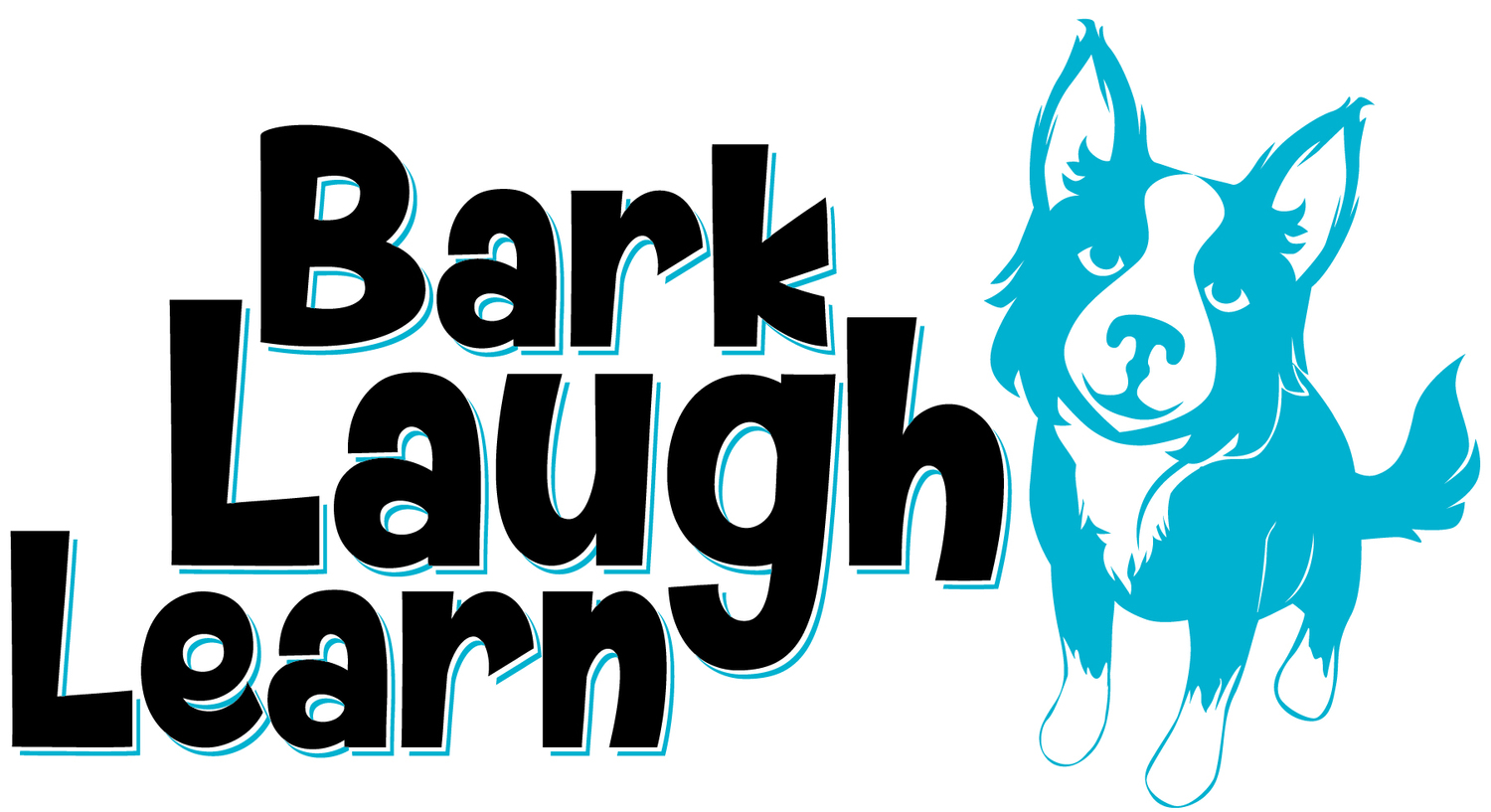12 Things I Learned From My Dogs
/My dogs have taught me many things, but here are the top 12. I know there are probably hundreds more than that, but it's a good starting point. As I write articles about these the links will be active.
12. Management can be a better solution than training at times.
11. Raw Food is a PITA, but worth every minute, and penny.
10. Vaccination is controversial, but you should know what to vaccinate for, when to vaccinate, and what questions to ask your vet.
9. Know your essential dog stuff: things I always have around to help me, my dogs, and my family enjoy life together.
8. My dog doesn't have to love your dog. Why would I expect them to?
7. Having a positive relationship with my dog is more important than a perfect sit.
6. There is always something new to learn. A new book, a new dvd, a new class, a new workshop, a new sport.
5. Our dogs aren't always made for the sports we choose.
4. If you don't put the training time in, you won't get the desired behaviors out. Having a training plan and setting time aside for training is essential.
2. Nature vs Nurture Matters. If you don't have a good building block with genetics, you get what you get. Know your dogs lines, know your breeder, know your chosen breed.
So here's to more understanding, thought, and learning for all of us!








